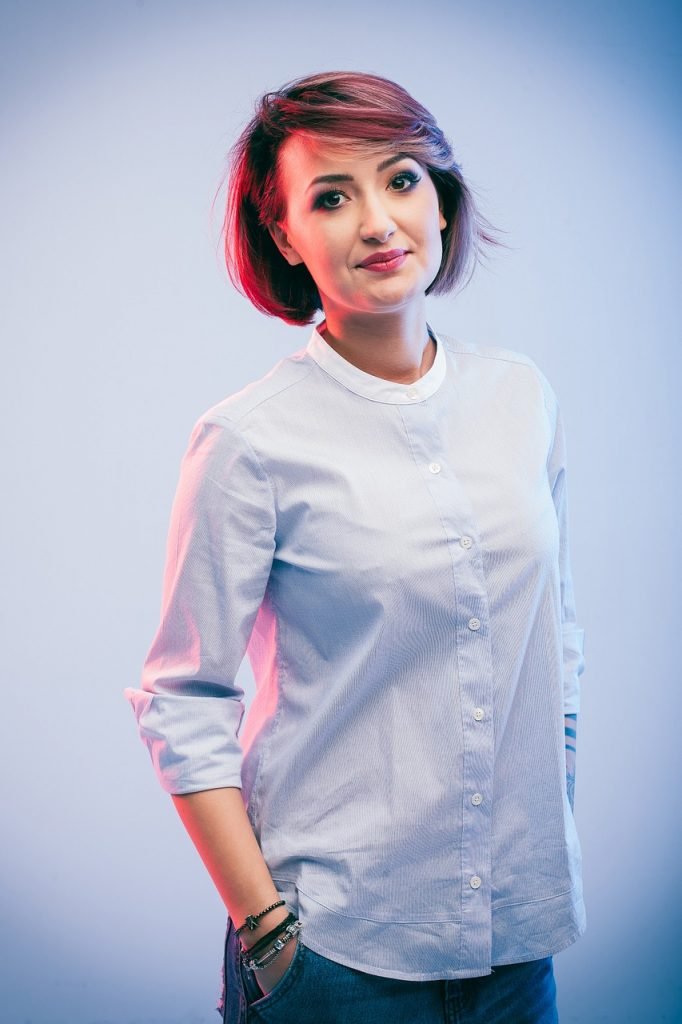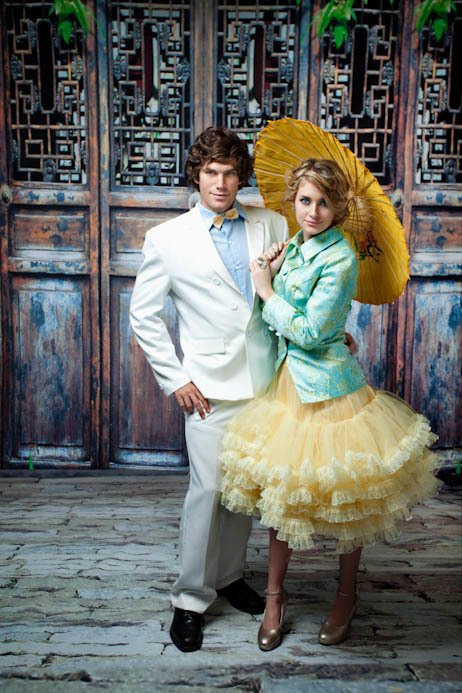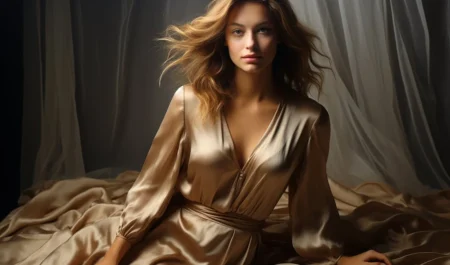Every photographer has to start somewhere. From their first class to their first client, photography takes both natural ability as well as learned technique. Portrait photography is highly sought after for weddings, family photos, school activities, etc. What does it take to capture the true personality of your subject? Equipment, lighting, composition, skill, background atmosphere, etc. to name a few. Don’t fret! Here is a beginner’s guide to shooting absolutely stunning portrait images.
Camera lenses
Camera lenses are probably number one on the list of important items to have in order to achieve that perfect photo. Even if you are working with a kit lens, you are still capable of generating a great image within the lenses own parameters. If a better lens is in your budget, a prime lens performs very well in portrait style shoots. They have a wide maximum aperture which is favorable in creating that shallow depth of field. Prime lenses tend to produce sharper images with less lens flare. There are a number of other types of lenses to choose from for portrait style photography. The prime lens is a quick example of what you get for a bigger budget in comparison to a kit lens.
Lighting
Lighting in any photography setting is key to producing a desirable image. When natural light isn’t an option, there are different techniques to yield the effect that you want in your photo. Some of the many lighting techniques include Butterfly Lighting, Loop Lighting, Rembrandt Lighting, Broad Lighting, and Short Lighting. And this is just to name a few. Let’s take a quick look at two; Rembrandt and Butterfly. Rembrandt lighting refers to lighting the subject from above and at an angle. A shadow casts a triangle shape below one eye making this its defining characteristic. Butterfly lighting, also called Paramount lighting can be evident by the distinguished butterfly shape shadow under the subject’s nose. Butterfly lighting comes from in front of the subject as well as above.
Background
A nice compliment to any photo is a great background. When using a natural environment, be sure to watch your surroundings. Things like power lines, bystanders, garbage cans, and photobombers can really ruin a great photo. It is easier to watch out for these things while shooting, rather than having to go back later and take time to Photoshop them out. The sun can also be your enemy. Shooting with your subject’s back to the sun can create terrible shadows on them and completely wreck the shot. Also, remember too much light from the sun can create a highlighting effect on top of your subject that produces a less than desirable photo.
Backdrops are a great way to go when probing the portraiture world. There are photo backdrops available for both indoor and outdoor photography. Outside photography is best complimented with InspiraCloth which is the thickest and most opaque of the fabrics. For indoor portraits, JerseyCloth is suggested as it is the most wrinkle resistant, according to Photopie.com
Composition
The composition of a portrait photo can make or break the image. Photographers generally have a good idea of the different composition tricks that add that extra moxie to their work. These tricks can be applied to all photography, not just portraits. Filling the frame with your subject is a good idea to create an exclusive, all-about-your-subject shot. Remember, you are capturing the subject’s personality so why not get up close and personal?! Also a good tip to remember is the “rule of thirds.” This is in respect to the invisible gridlines in a photo frame that essentially make up 9 squares. The idea is to place the points of interest on the grid lines to naturally balance your photo and make it more appealing to the eye. There are many more composition concepts that grace through photos that are not palpable to the untrained eye. It is the knowledge of these important concepts that can make a photo stunning.
Knowledge and training of these concepts do not guarantee a perfect shot. It is the combination of many factors coming together as well as practice. It is best to start at the beginning and learn as you go through patience and much experimentation.
Author bio: Based in Idaho, Ralf is a studio photographer and blogger at Photopiebackdrops.com. You can follow him on Flickr and Twitter.
